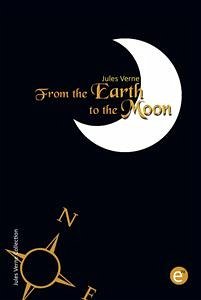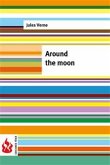It has been some time since the end of the American Civil War. The Gun Club, a society based in Baltimore and dedicated to the design of weapons of all kinds (especially cannons), meets when Impey Barbicane, its president, calls them to support his idea: according to his calculations, a cannon can shoot a projectile so that it reaches the moon. After receiving the whole support of his companions, a few of them meet to decide the place from where the projectile will be shot, the dimensions and makings of both the cannon and the projectile, and which kind of powder are they to use.An old enemy of Barbicane, a Captain Nicholl of Philadelphia, designer of plate armor, declares that the enterprise is absurd and makes a series of bets with Barbicane, each of them of increasing amount over the impossibility of such feat.The first obstacle, the money, and over which Nicholl has bet 1000 dollars, is raised from most countries in America and Europe, in which the mission reaches variable success (while the USA gives 4 million dollars, England does not give a farthing, being envious of the United States in matters of science), but in the end nearly five and a half million dollars are raised, which ensures the financial feasibility of the project.After deciding the place for the launch (Stone's Hill in "Tampa Town", Florida; predating Kennedy Space Center's placement in Florida by almost 100 years; Verne gives the exact position as 27°7' northern latitude and 5°7' western longitude, of course relative to the meridian of Washington that is 27°7′0″N 82°9′0″W), the Gun Club travels there and starts the construction of the Columbiad cannon, which requires the excavation of a 900-foot-deep (270 m) and 60-foot-wide (18 m) circular hole, which is made in the nick of time, but a surprise awaits Barbicane: Michel Ardan, a French adventurer, plans to travel aboard the projectile.









